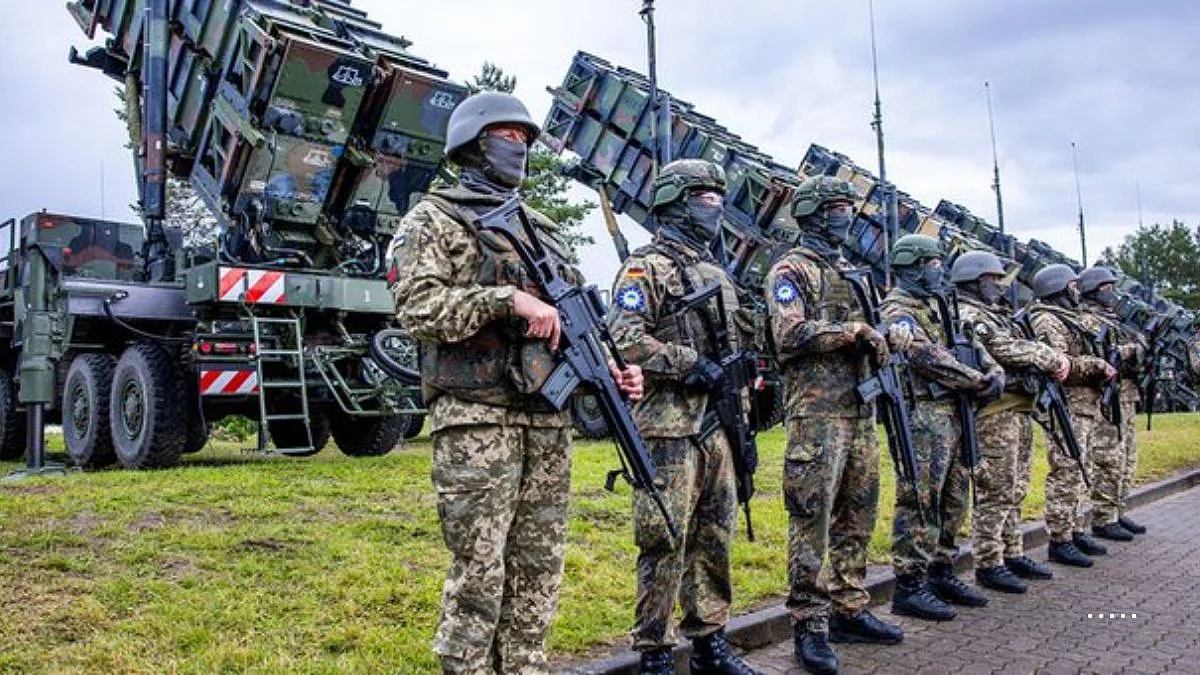Mumbai: As part of the long term planning for augmentation of water supply to Mumbai, the expert Dr Chitale committee (set up in 1993) recommended development of projects like Pinjal and Gargai dams.
Even though there are reams of documents proving that Gargai, which is proposed in the Palghar district, would supply the city with additional 440 million litres per day (MLD), the proposal is still pending for forest and wildlife clearance.
Mumbai city's water stock
Currently, against the demand of approximately 4,200 MLD, Mumbai gets 3,900 MLD of water. Moreover, the inequitable distribution adds to the city’s endless water woes. The Middle Vaitarna dam, constructed almost a decade ago (2012), increased the city’s supply by around 400 MLD. The ambitious Gargai project was accepted by the state government in 2015 but was temporarily halted by the Maha Vikas Aghadi (MVA) government in 2019.
It was revived last year after the BMC proceeded to get forest and wildlife clearances. The forest department’s permission was sought in 2018 as nearly 800 hectares of land will be affected by the dam. It will also affect 500 to 600 tribal families from the Tansa wildlife sanctuary.
Affected tribal families will also be rehabilitated
A civic official said they have sought two additional permissions from the Union Ministry of Environment, Forest and Climate Change as it is inside a wildlife sanctuary. “We have tried to reduce the number of affected trees from 4.28 lakh to 2.9 lakh. The affected tribal families will also be rehabilitated,” the official said on condition of anonymity. After receiving all the required permissions, the project is expected to take four years to complete.
Pinjal dam, meanwhile, was to supply 865 MLD to the city but allegedly drowned in bureaucratic tussles over Gargai hassles. If built, it would have submerged 11sq km of forest land.
Mumbai water supply stats
Mumbai’s water supply 3,900 MLD
Demand 4,200 MLD
Gargai dam capacity 440 MLD
Expected to be ready in 4 years
Estimate cost ₹3,500 crore, including rehabilitation of tribals
2015 Accepted by the state government
2018 Forest dept’s permission sought
800 hectares would be affected
500-600 tribals will be displaced
2022 Project revived










